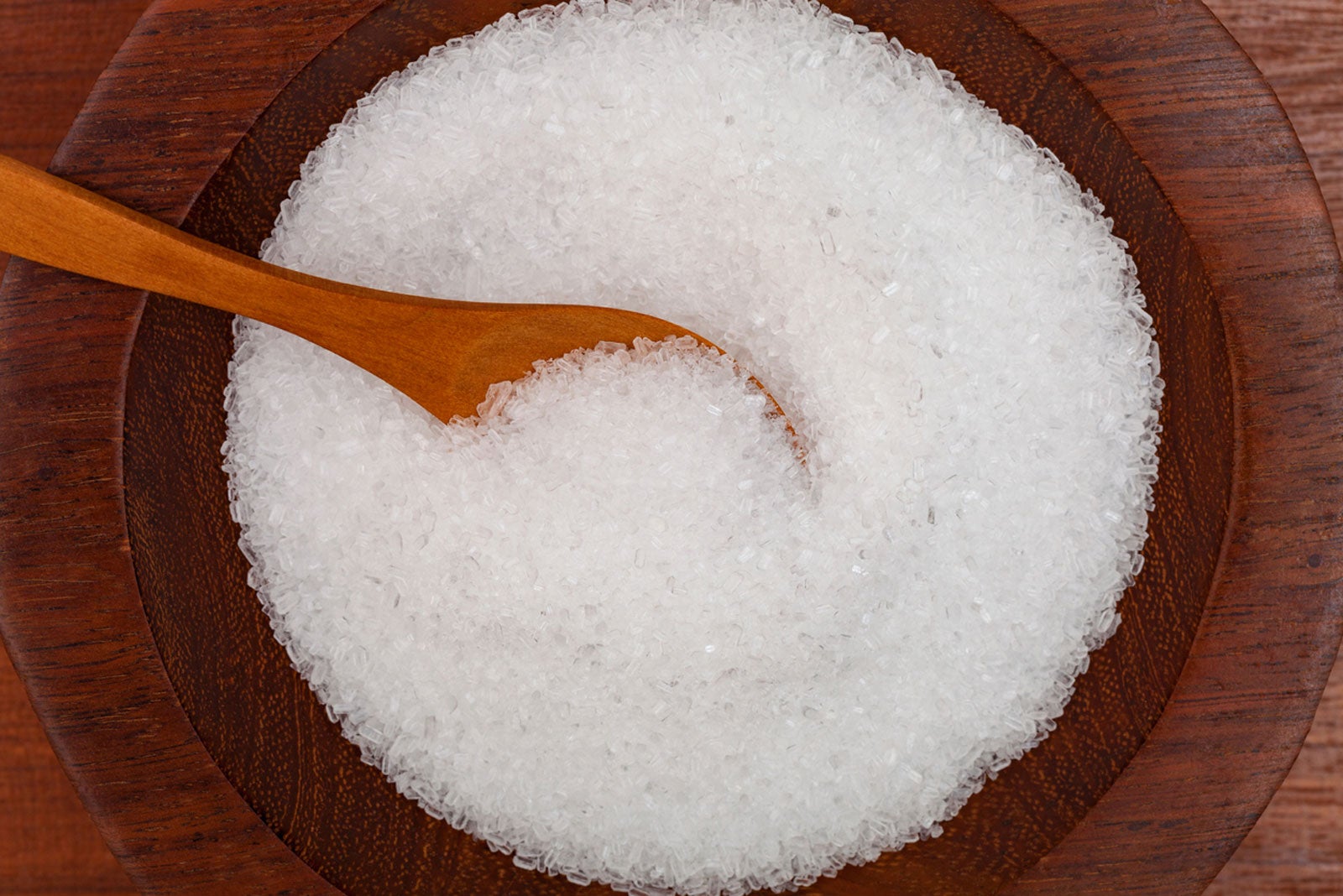What Plants Don't Like Epsom Salt? Tips for Much Better Plant Care
What Plants Don't Like Epsom Salt? Tips for Much Better Plant Care
Blog Article
Explore Why Some Plants Reject Epsom Salt as a Nutrient Resource
In the elaborate globe of plant nutrition, the denial of Epsom salt as a feasible nutrient source by some plants presents an appealing conundrum. Regardless of its abundant magnesium and sulfur content, certain plant varieties appear to shun this easily available compound. The factors behind this selective behavior look into a complex interplay of plant absorption systems, the special chemical framework of Epsom salt, and plant-specific nutrient preferences. Comprehending these elements may clarify the mysteries of why some plants choose out of using this seemingly helpful nutrient resource.
Plant Absorption Devices
In delving right into the complex world of plant absorption systems, it ends up being obvious that the procedure is controlled by an advanced interaction of molecular paths and physical characteristics. Plants soak up nutrients largely via their roots, using numerous transportation systems to uptake necessary elements such as nitrogen, magnesium, phosphorus, and potassium. Magnesium, an essential component in chlorophyll synthesis and enzyme activation, plays a critical duty in plant development and advancement.
The absorption of magnesium entails a number of steps, starting with its schedule in the dirt service. When liquified, magnesium ions are occupied by plant roots with specific transportation healthy proteins installed in the cell membranes. These proteins promote the motion of magnesium throughout the origin cell walls and into the plant's vascular system, where it is after that distributed to various tissues to sustain different physiological features.
Recognizing the detailed systems behind magnesium absorption in plants sheds light on exactly how this vital nutrient adds to general plant wellness and efficiency. By optimizing magnesium uptake paths, growers can boost crop returns and top quality, highlighting the importance of understanding plant absorption characteristics for lasting agriculture practices.
Epsom Salt Chemical Structure
The chemical structure of Epsom salt, likewise understood as magnesium sulfate heptahydrate, discloses a distinctive plan of components that add to its distinct properties and applications. The seven water molecules are loosely adhered to the magnesium sulfate substance, enabling it to liquify easily in water and be conveniently taken up by plants via their origins.
The crystal structure of Epsom salt forms monoclinic prisms, which are elongated crystals with parallel ends. This crystal shape influences the physical properties of Epsom salt, such as its structure and solubility. Recognizing the chemical structure of Epsom salt is important for understanding its actions as a nutrient resource and its communications with plants in horticultural and agricultural methods.
Plant-Specific Nutrient Preferences
Plants display distinctive choices for certain nutrients, stressing the relevance of recognizing their private demands for ideal development and development. These preferences are dictated by various variables, consisting of the plant varieties, stage of development, ecological problems, and dirt structure. Some plants might grow in nitrogen-rich dirts, while others call for more phosphorus or potassium for healthy development. Understanding these plant-specific nutrient preferences is important for maximizing plant yields, enhancing decorative plant development, and advertising total plant wellness - what plants don't like epsom salt.

Plant-specific nutrient preferences can also differ based on whether the plant is a monocot or dicot. By customizing nutrient supplements to satisfy the specific needs of each plant varieties, cultivators can maximize plant growth, reduce nutrient waste, and assistance lasting farming techniques.

Soil Ph and Nutrient Uptake
Soil pH plays an important function my company in figuring out the availability of important nutrients for plant uptake. Acidic soils with a reduced pH are desirable for plants like blueberries and azaleas, while alkaline soils with a greater pH match plants such as lilacs and clematis.
Dirt pH affects the chemical kinds of nutrients in the soil. In acidic dirts, nutrients like iron, manganese, and light weight aluminum can end up being extra readily available, however excessive acidity can bring about poisoning issues. On the various other hand, alkaline soils might restrict the availability of nutrients like copper, zinc, and iron, affecting plant development. Preserving the suitable pH degree in the soil is essential for here are the findings making certain that plants can successfully uptake the required nutrients for their healthy growth and efficiency.
Hereditary Elements in Nutrient Uptake
In the realm of plant nutrition, the interaction of hereditary variables substantially affects the uptake of important nutrients critical for plant development and growth. Hereditary factors play an essential role in shaping a plant's ability to absorb and use nutrients properly.
In addition, hereditary aspects additionally establish the performance of nutrient uptake mechanisms within plants. Some plants may possess genetic characteristics that boost their capacity to feed on nutrients from the dirt efficiently, offering them an affordable advantage in nutrient-poor settings. On the other hand, genetic variations can additionally lead to restrictions in nutrient uptake, ensuring plants much more vulnerable to shortages even when nutrients are abundant in the dirt.
Understanding exactly how genetic factors affect nutrient uptake is important for developing strategies to maximize plant nourishment and improve plant performance in different farming setups. By deciphering the genetic systems entailed in nutrient uptake, researchers can work in the direction of creating genetically enhanced plant selections with enhanced vitamins and mineral acquisition capacities.
Final Thought

In the elaborate world of plant nourishment, the rejection of Epsom salt as a feasible nutrient resource by some plants postures a fascinating dilemma. what plants don't like epsom salt. Comprehending these plant-specific nutrient choices is vital for optimizing crop yields, improving decorative plant growth, and promoting general plant health and wellness
By customizing nutrient supplementation to fulfill the precise requirements of each plant species, farmers can enhance plant growth, reduce nutrient waste, and assistance sustainable farming practices.
In the world of plant nutrition, the interaction of hereditary aspects considerably affects the uptake of vital nutrients important for plant growth and growth. Comprehending these complexities in plant nutrient uptake is vital for optimizing plant development and health and wellness in agricultural methods.
Report this page